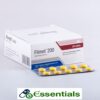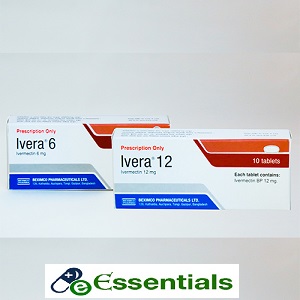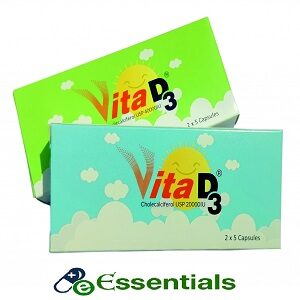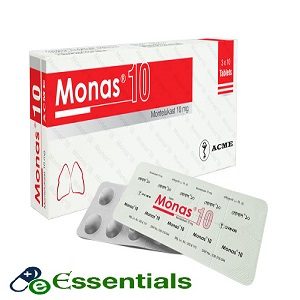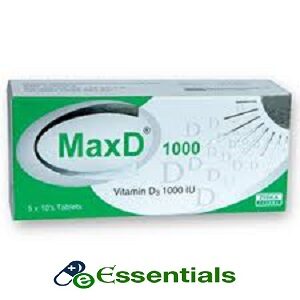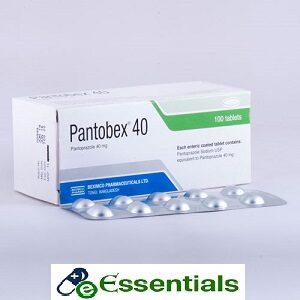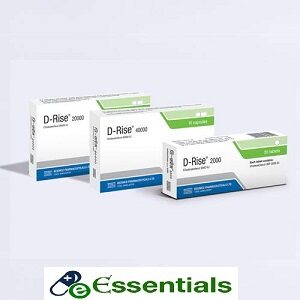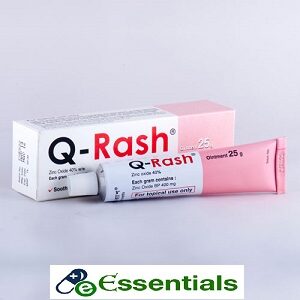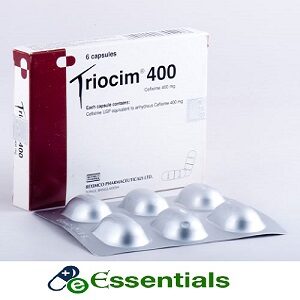Indications
Onchocerciasis: Ivermectin is indicated for the treatment of onchocerciasis due to the nematode parasite Onchocerca volvulus. This indication is based on randomized, double-blind, placebo-controlled and comparative studies conducted in 1427 patients in onchocerciasis-endemic areas of West Africa. The comparative studies used diethylcarbamazine citrate (DEC-C).
Therapeutic Class
Pharmacology
Dosage & Administration
Dosage Guidelines for Ivermectin for Strongyloidiasis:
- Body Weight (kg) 15-24: Dose 3 mg/kg
- Body Weight (kg) 25-35: Dose 6 mg/kg
- Body Weight (kg) 36-50: Dose 9 mg/kg
- Body Weight (kg) 51-65: Dose 12 mg/kg
- Body Weight (kg) 66-79: Dose 15 mg/kg
- Body Weight (kg) >80: Dose 200 mcg/kg
Onchocerciasis: The recommended dosage of Ivermectin is a single oral dose designed to provide approximately 150 mcg of Ivermectin per kg of body weight on an empty stomach with water, the most commonly used dose interval is 12 months. For the treatment of individual patients, retreatment may be considered at intervals as short as 3 months.
Dosage Guidelines for Ivermectin for Onchocerciasis:
- Body Weight (kg) 15-25: Dose 3 mg/kg
- Body Weight (kg) 26-44: Dose 6 mg/kg
- Body Weight (kg) 45-64: Dose 9 mg/kg
- Body Weight (kg) 65-84: Dose 12 mg/kg
- Body Weight (kg) >85: Dose 150 mcg/kg
Interaction
Contraindications
Side Effects
- Body as a whole: asthenia/fatigue (0.9%), abdominal pain (0.9%)
- Gastrointestinal: anorexia (0.9%), constipation (0.9%), diarrhea (1.8%), nausea (1.8%), vomiting (0.9%) Nervous System/Psychiatric: dizziness (2.8%), somnolence (0.9%), vertigo (0.9%), tremor (0.9%)
- Skin: pruritus (2.8%), rash (0.9%), and urticaria (0.9%).
Onchocerciasis: arthralgia/synovitis (19.3%), axillary lymph node enlargement and tenderness (11.0% and 4.4%, respectively), cervical lymph node enlargement and tenderness (5.3% and 1.2%, respectively), inguinal lymph node enlargement and tenderness (12.6% and 13.9%, respectively), other lymph node enlargement and tenderness (3.0% and 1.9%, respectively), pruritus (27.5%), skin involvement including edema, papular and pustular or frank urticarial rash (22.7%), and fever (22.6%), abnormal sensation in the eyes, eyelid edema, anterior uveitis, conjunctivitis, limbitis, keratitis, and chorioretinitis or choroiditis. These have rarely been severe or associated with loss of vision and have generally resolved without corticosteroid treatment. The following adverse reactions have been reported since the drug was registered overseas: hypotension (mainly orthostatic hypotension), worsening of bronchial asthma, toxic epidermal necrolysis, and Stevens-Johnson syndrome.
Pregnancy & Lactation
Nursing Mothers: Ivermectin is excreted in human milk in low concentrations. Treatment of mothers who intend to breast feed should only be undertaken when the risk of delayed treatment to the mother outweighs the possible risk to the newborn
Precautions & Warnings
Use in Special Populations
Geriatric Use: Clinical studies of Ivermectin did not include sufficient numbers of subjects aged 65 and over to determine whether they respond differently from younger subjects.
Storage Conditions
Brand
Beximco Pharmaceuticals Ltd


